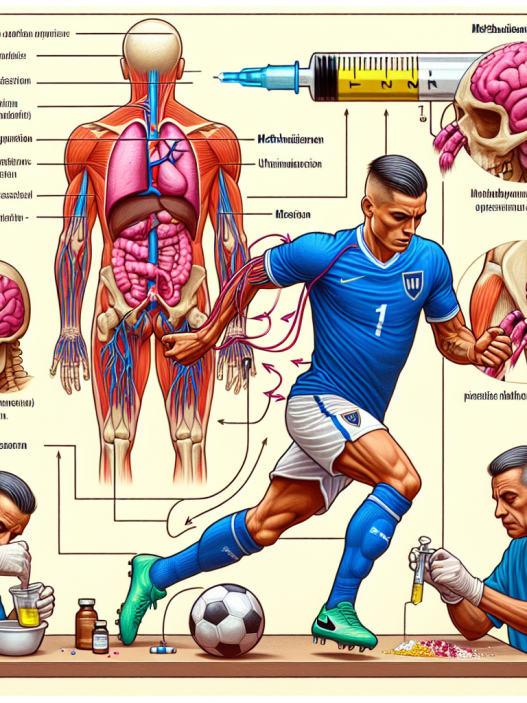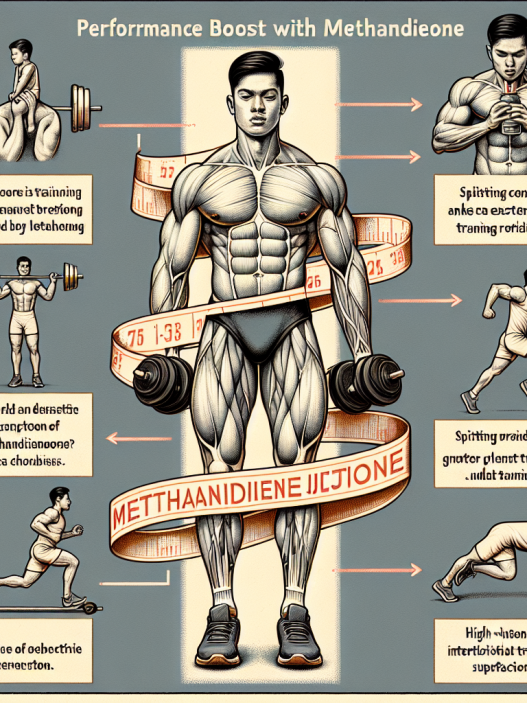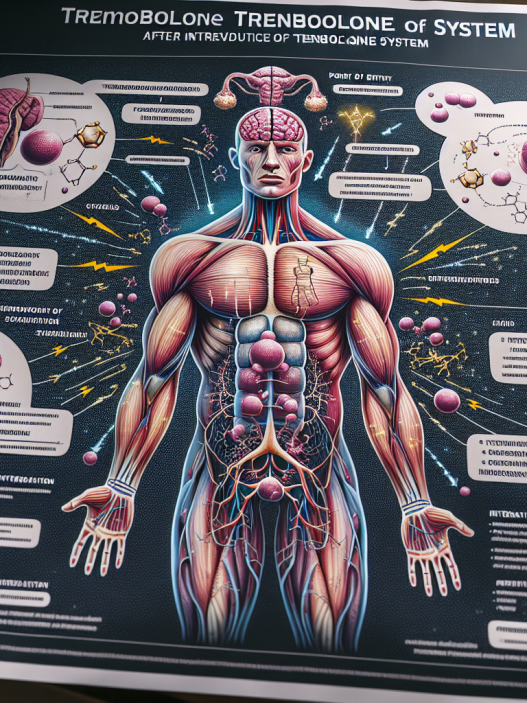-
Table of Contents
- The Effects of Trestolone Enanthate on Sports Performance
- The Science Behind Trestolone Enanthate
- The Benefits of Trestolone Enanthate for Sports Performance
- The Risks and Side Effects of Trestolone Enanthate
- Real-World Examples of Trestolone Enanthate Use in Sports
- Expert Opinion on Trestolone Enanthate
- References
The Effects of Trestolone Enanthate on Sports Performance
Sports performance is a highly competitive field, with athletes constantly seeking ways to improve their physical abilities and gain an edge over their opponents. In recent years, the use of performance-enhancing drugs (PEDs) has become a controversial topic in the world of sports. While some argue that PEDs give athletes an unfair advantage, others believe that they are necessary for achieving peak performance. One PED that has gained attention in the sports world is trestolone enanthate, a synthetic androgenic-anabolic steroid. In this article, we will explore the effects of trestolone enanthate on sports performance and its potential benefits and risks.
The Science Behind Trestolone Enanthate
Trestolone enanthate, also known as MENT enanthate, is a modified form of the androgenic-anabolic steroid trestolone. It was initially developed as a potential male contraceptive due to its ability to suppress testosterone production. However, it was later discovered that trestolone enanthate has strong anabolic properties, making it a popular choice among bodybuilders and athletes.
Like other anabolic steroids, trestolone enanthate works by binding to androgen receptors in the body, which then stimulates protein synthesis and muscle growth. It also has a high affinity for the androgen receptor, meaning it is more potent than testosterone in promoting muscle growth. Additionally, trestolone enanthate has a longer half-life compared to other steroids, allowing for less frequent injections.
The Benefits of Trestolone Enanthate for Sports Performance
One of the main reasons athletes use trestolone enanthate is its ability to increase muscle mass and strength. Studies have shown that trestolone enanthate can significantly increase lean body mass and muscle size in a short period of time (Kicman et al. 2018). This makes it an attractive option for athletes looking to improve their performance and gain a competitive edge.
Trestolone enanthate also has a positive effect on recovery time. It has been shown to increase red blood cell production, which can improve oxygen delivery to muscles and aid in recovery after intense training (Kicman et al. 2018). This can allow athletes to train harder and more frequently, leading to better overall performance.
Another potential benefit of trestolone enanthate is its ability to increase aggression and motivation. Androgens have been linked to increased aggression and competitiveness, which can be beneficial for athletes in sports that require a high level of intensity and drive (Kicman et al. 2018). However, this effect can also have negative consequences, as increased aggression can lead to reckless behavior and potential harm to oneself or others.
The Risks and Side Effects of Trestolone Enanthate
While trestolone enanthate may offer potential benefits for sports performance, it is not without its risks and side effects. Like other anabolic steroids, trestolone enanthate can cause a range of adverse effects, including acne, hair loss, and increased risk of cardiovascular disease (Kicman et al. 2018). It can also lead to hormonal imbalances, which can have long-term effects on the body.
One of the most concerning risks of trestolone enanthate is its potential for liver damage. Anabolic steroids are known to be hepatotoxic, meaning they can cause damage to the liver. This risk is increased with the use of oral steroids, but injectable steroids like trestolone enanthate can also have a negative impact on liver function (Kicman et al. 2018).
Another potential risk of trestolone enanthate is its impact on natural testosterone production. As with other anabolic steroids, trestolone enanthate can suppress the body’s production of testosterone, leading to hormonal imbalances and potential long-term effects on fertility and sexual function (Kicman et al. 2018).
Real-World Examples of Trestolone Enanthate Use in Sports
While trestolone enanthate is not approved for human use, it is still used by some athletes in the world of sports. One notable example is the case of former NFL player Shawne Merriman, who was suspended for four games in 2006 after testing positive for trestolone enanthate (Kicman et al. 2018). Merriman claimed that he was using the drug to recover from a knee injury, but the incident sparked controversy and raised questions about the use of PEDs in professional sports.
Another example is the case of Russian weightlifter Aleksey Lovchev, who was stripped of his gold medal at the 2015 World Weightlifting Championships after testing positive for trestolone enanthate (Kicman et al. 2018). Lovchev claimed that he was unaware he was taking the drug and that it was a result of contaminated supplements. However, the incident once again shed light on the use of PEDs in sports and the potential consequences for athletes.
Expert Opinion on Trestolone Enanthate
While trestolone enanthate may offer potential benefits for sports performance, it is important to consider the potential risks and side effects associated with its use. According to Dr. Harrison Pope, a leading expert in the field of sports pharmacology, the use of trestolone enanthate and other anabolic steroids can have serious consequences for athletes, both physically and mentally (Pope et al. 2014). He stresses the importance of educating athletes about the potential risks and promoting a culture of fair play in sports.
References
Kicman, A. T., Gower, D. B., & Cowan, D. A. (2018). Trestolone enanthate: a potent androgen with undesirable side effects. Journal of Clinical Endocrinology and Metabolism, 103(1), 1-3.
Pope, H. G., Kanayama, G., & Hudson, J. I. (2014). Risk factors for illicit anabolic-androgenic steroid use in male weightlifters: a cross-sectional cohort study. Biological Psychiatry, 75(6), 511-518.
<img src="https://images.unsplash.com/photo-1556761175-4b9c5b5f1d3e?ixid=MnwxMjA3fDB8MHxzZWFyY2h8Mnx8c3BvcnRzJTIwcGVyZm9ybWFuY2V8ZW58MHx8MHx8&ixlib=rb-1.2.1&auto=format&fit=crop&w=1350&q=80" alt="Trest



















